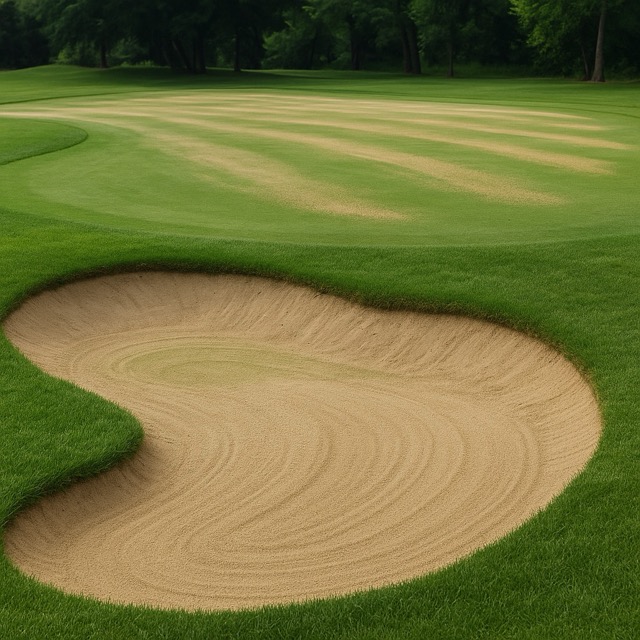What Is Topdressing? The Foundation of Healthy Turf

Introduction
Topdressing might sound like a simple maintenance step, but it’s one of the most important practices for long-term turf health. Whether you manage a golf course, sports field, or park, consistent topdressing helps improve drainage, smooth playing surfaces, and encourage stronger, more resilient turf.
In this post, we’ll explain what topdressing is, why it matters, and how it supports performance and sustainability for turf professionals across the Midwest.
1. What Is Topdressing?
Topdressing is the process of applying a thin layer of sand or a sand-soil mix over turfgrass. This layer helps fill low spots, smooth the surface, and encourage deeper root growth. Over time, it improves the overall consistency of the playing surface and supports healthier turf by managing thatch buildup.
In short: topdressing is turf refinement from the ground up.
2. Why Topdressing Matters
Regular topdressing offers a wide range of benefits:
-
Improves Drainage: Helps water move efficiently through the soil profile.
-
Prevents Thatch Build-Up: Keeps thatch layers from blocking air and nutrients.
-
Smooths Playing Surfaces: Reduces irregularities that affect play quality and safety.
-
Encourages Healthy Growth: Promotes deeper, stronger root systems.
When paired with aeration, topdressing becomes one of the most effective maintenance tools available for golf course and sports turf managers.
3. Choosing the Right Topdressing Material
Selecting the correct material for topdressing depends on your turf’s soil type and performance needs. Sand-based blends are the most common choice because they improve drainage and resist compaction. The goal is to match the texture and composition of the existing rootzone for a consistent surface that drains well and remains firm under play.
4. Timing and Frequency
Topdressing is most effective when applied lightly and consistently. Many facilities schedule applications two to four times per year—typically during active growing seasons when turf can recover quickly. Smaller, more frequent applications yield better long-term results than heavy, infrequent ones.
5. The Midwest Advantage
In the Midwest, weather patterns and clay-heavy soils make drainage and compaction key challenges for turf professionals. Locally sourced topdressing materials offer both performance and cost advantages. By using regional sands and aggregates, managers can achieve professional results while keeping logistics simple and sustainable.
Conclusion
Topdressing is more than just a maintenance routine—it’s an investment in the health, playability, and longevity of your turf. With the right materials and application schedule, you can build stronger, smoother, and more resilient playing surfaces season after season.
Contact Thelen Golf & Sport to learn more about local topdressing solutions and how to choose the right material for your course or field.





